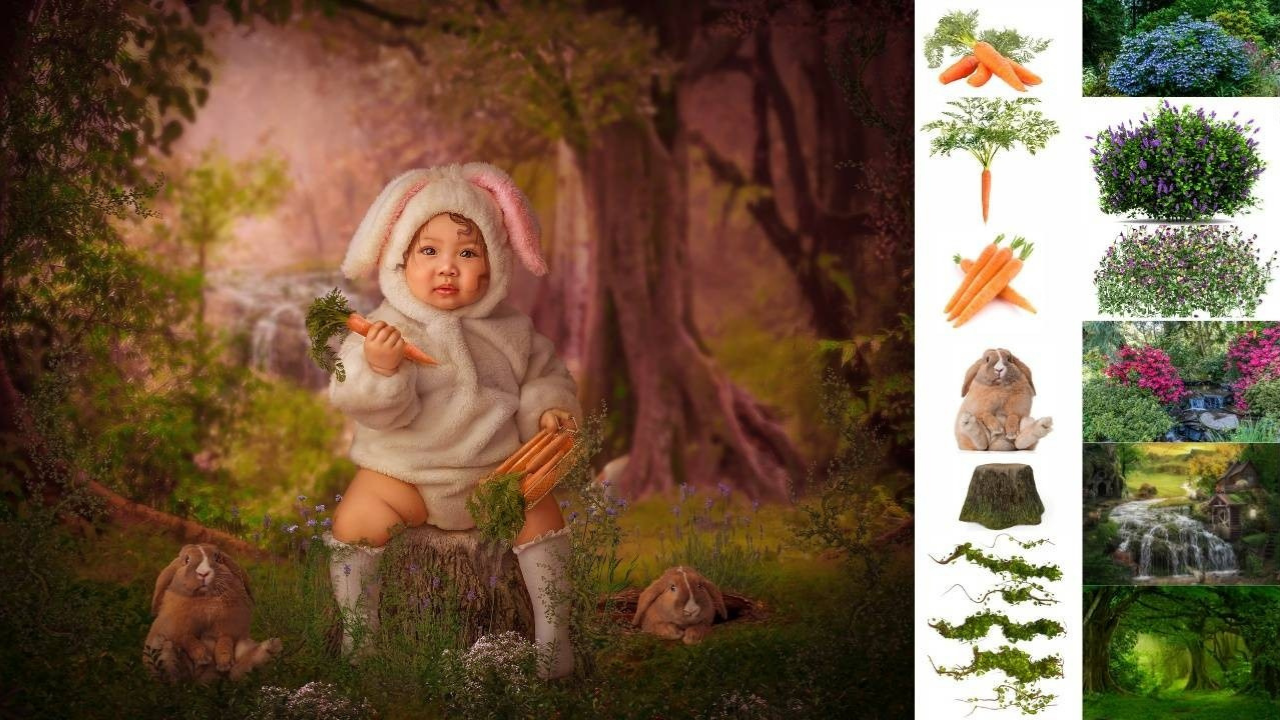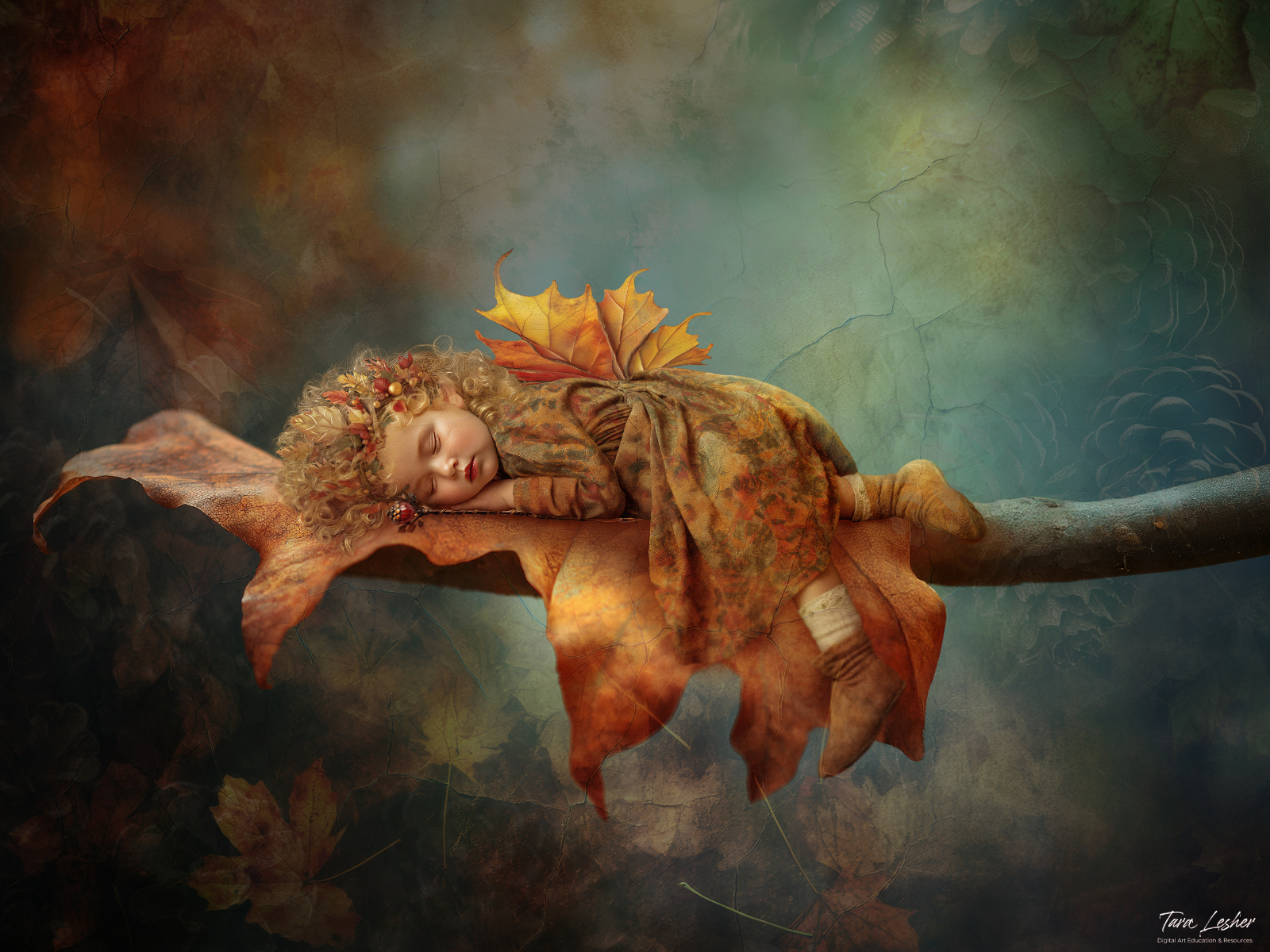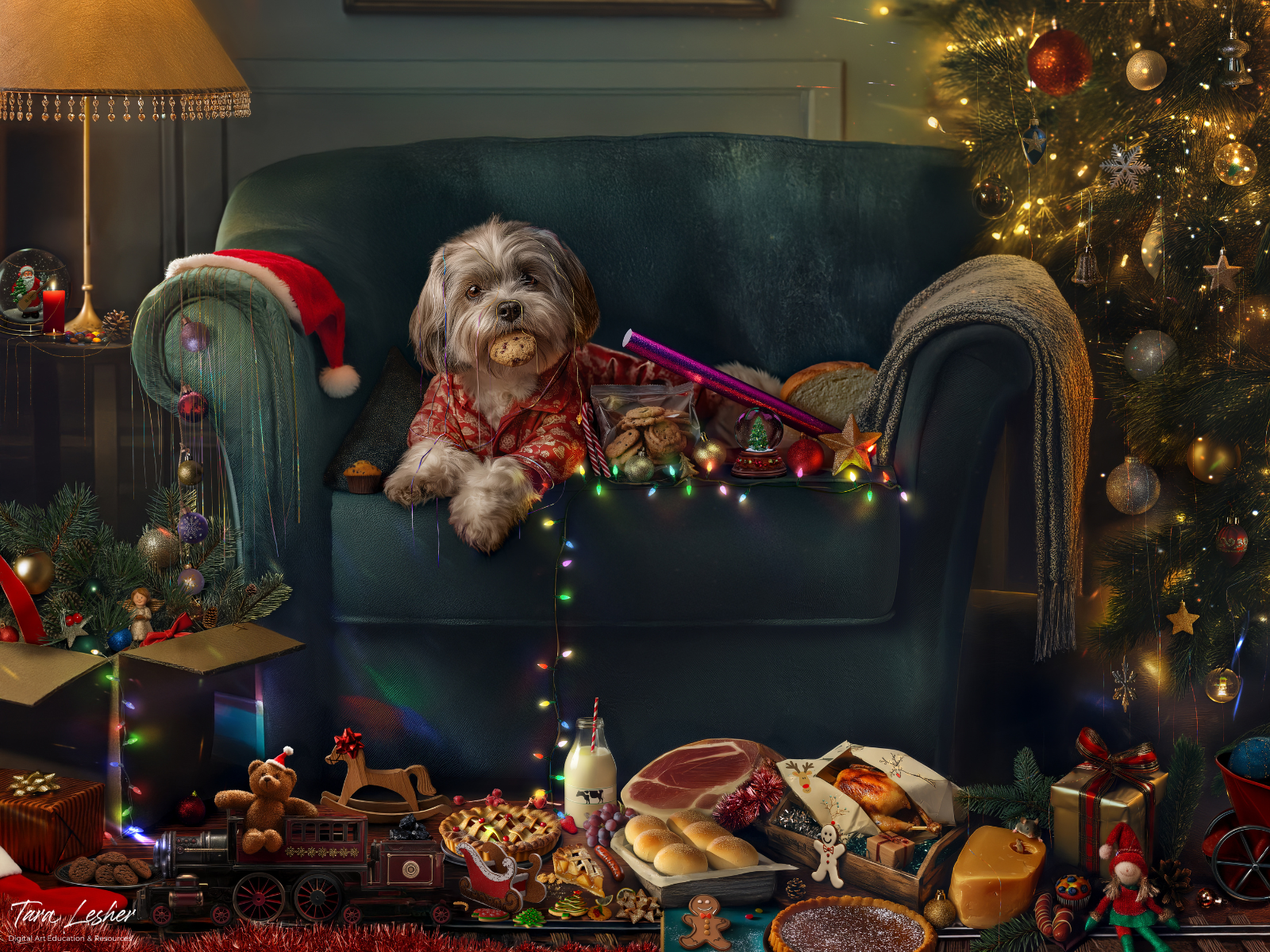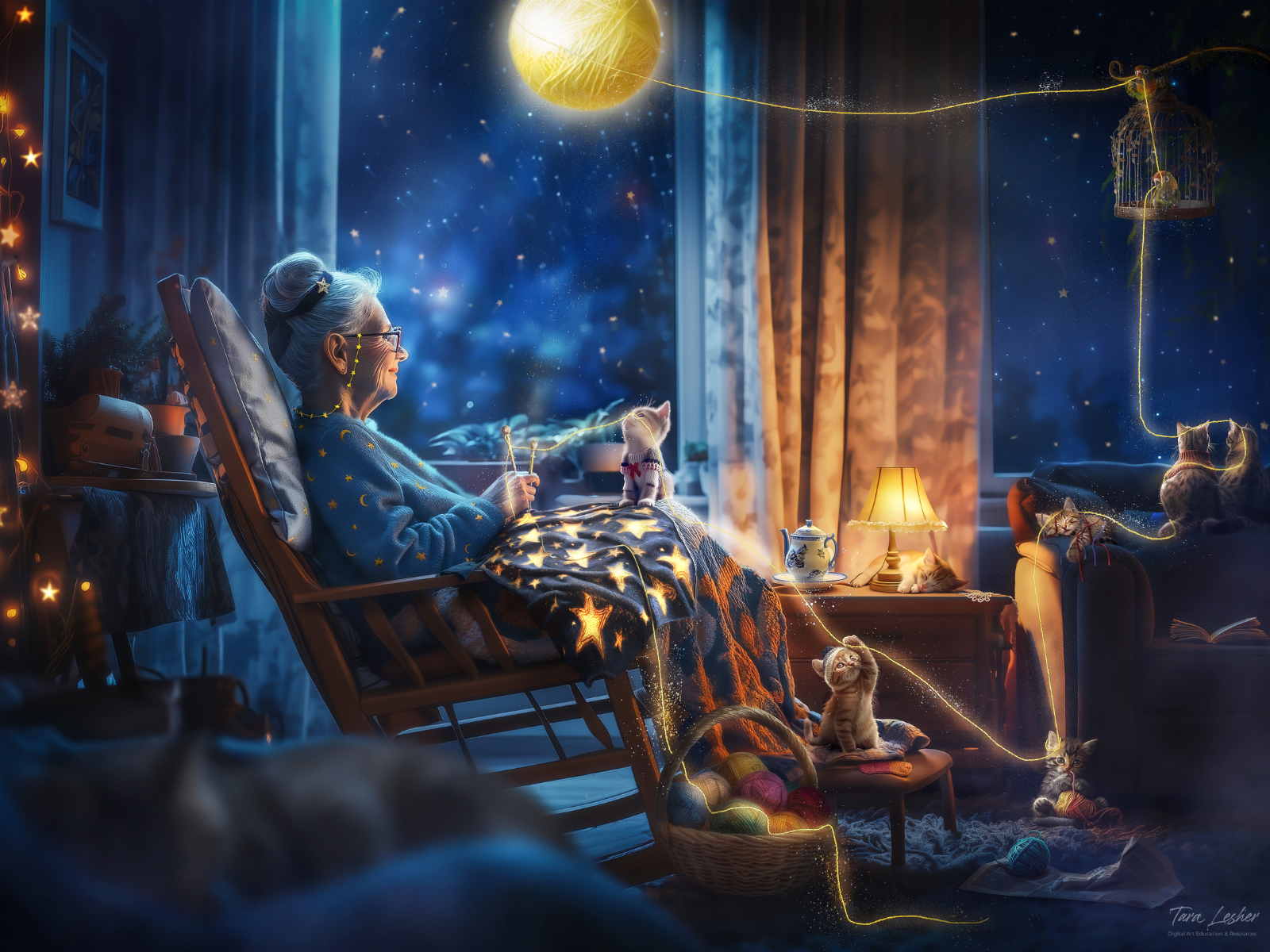
Everything you need to know about stock images in compositing
Nov 15, 2025Hello fellow creators,
If you’ve ever started a composite only to lose yourself in dozens of stock sites, conflicting licenses, or image quality issues, you’re not alone. Choosing stock can be one of the most confusing and time-consuming parts of the creative process. Between lighting, sizing, licensing, and finding just the right pieces for your scene, the overwhelm can stack up quickly.
My goal with this guide is to make that process feel easier, more enjoyable, and much less intimidating, so you can stay focused on creating art you love.

Where to Find Reliable Stock in 2025
A quick search for “stock images” will give you thousands of results, but not all stock sites are created equal. To save you time, here are the sites I trust, the ones I personally go back to again and again.
Before we dive in, one important reminder:
Always review licensing before downloading anything.
And never pull images from search engine results. The resolution is poor, the usage rights are unclear, and in most cases, it’s illegal to use those images in your art. We work hard to protect our own work, so it’s essential to respect other artists' work too.

TLE Stock Library
Included with your Membership
One of the most significant advantages of the Tara Lesher Education Membership is full access to our exclusive stock library. You’ll find thousands of high-quality backgrounds, overlays, textures, animals, objects, landscapes, and scene elements, all explicitly curated for composite artists.
Every file is included with your membership licensing, so you can use them confidently without worrying about copyright issues or restrictions. These assets integrate seamlessly with the tutorials, which means you never have to waste time searching the internet for the right pieces — everything you need is waiting for you inside.

Adobe Stock
Adobe Stock offers consistently high-quality images with excellent search tools. I love that you can save preview images and test them in Photoshop before committing to a final download. It’s a premium site, but the resolution, clarity, and consistency make it worth it for many projects.
FreeImages.com
FreeImages.com has a wide variety of natural environments, landscapes, and animal photos. The quality varies, but there’s enough strong material to make it worth exploring. If you plan to print your artwork, choose the largest available file size.
Unsplash
Unsplash features modern, artistic photography with clean, natural lighting. The images are free to use and generally high resolution. It’s especially great for scenic elements, skies, and atmospheric backgrounds.
Pexels
Pexels offers high-quality free stock with a very user-friendly search system. The images often feel fresh and contemporary, making it an excellent resource for mood-driven composites.
Pixabay
Pixabay includes free photos, illustrations, and vectors. While you should still check each file’s licensing notes, the platform offers a large variety of elements that work well for composite work.
Creative Market
Creative Market is a paid marketplace filled with creative assets from independent artists. You’ll find backgrounds, textures, brushes, overlays, illustrations, and themed collections that can add unique character to your composites.
Brusheezy / Vecteezy
Brusheezy is now part of Vecteezy and remains a great place to find brushes, textures, and design elements that can add depth and detail to your work.
Morguefile
Morguefile provides free, simple stock images that work well for texture references, shapes, and environmental elements.
DeviantArt
DeviantArt has creators who offer stock packs or background sets, but always review licensing carefully. Usage rules vary by artist.

Which License Do You Need?
Every site has its own rules, but here are the basics:
Standard License
Allows you to use the stock as part of a new, altered composite, usually with a limit on how many copies you can create. You may not use the stock image as-is on products like mugs, posters, or merchandise.
Extended License
Typically removes the usage limits and allows for products created for resale.
These are general guidelines. Always check the licensing for the specific file you’re downloading. When in doubt, reach out to the stock site directly to clarify usage.

How to Select the Right Stock for Your Composite
Choosing stock is both an art and a skill. Here are the principles I rely on:
1. Lighting is everything
You can change tones and colors in Photoshop.
You cannot easily recreate accurate lighting.
Matching the direction, softness, and quality of light between your subject and your stock is the key to a believable composite.
2. Don’t let color throw you off
Tone can be corrected.
Saturation can be shifted.
Color can always be adjusted.
Focus on lighting and shape first. Color comes later.
3. Keep an open mind
Stock doesn’t need to be perfect.
You can replace an animal's legs.
You can swap skies.
You can rebuild details from multiple images.
Compositing gives you creative freedom to bend, replace, and reinvent.
4. Shooting your own stock is wonderful, too
If you prefer to build your own library, you’ll have total control over lighting, angles, and composition. But if you’d rather use pre-made stock, the sites above will give you great results.
Want to Learn How to Use Stock in Your Composites?
Inside the Access Membership, you’ll find step-by-step tutorials that show you exactly how to blend, match lighting, build scenes, and use stock for realistic, seamless results. Plus, you’ll gain instant access to our full stock library, thousands of assets ready to drop right into your artwork.
Happy Editing
Tara Lesher
Lorem ipsum dolor sit amet, consectetur adipiscing elit. Cras sed sapien quam. Sed dapibus est id enim facilisis, at posuere turpis adipiscing. Quisque sit amet dui dui.
Stay connected with news and updates!
Join our mailing list to receive the latest news and updates from our team.
Don't worry, your information will not be shared.
We hate SPAM. We will never sell your information, for any reason.

